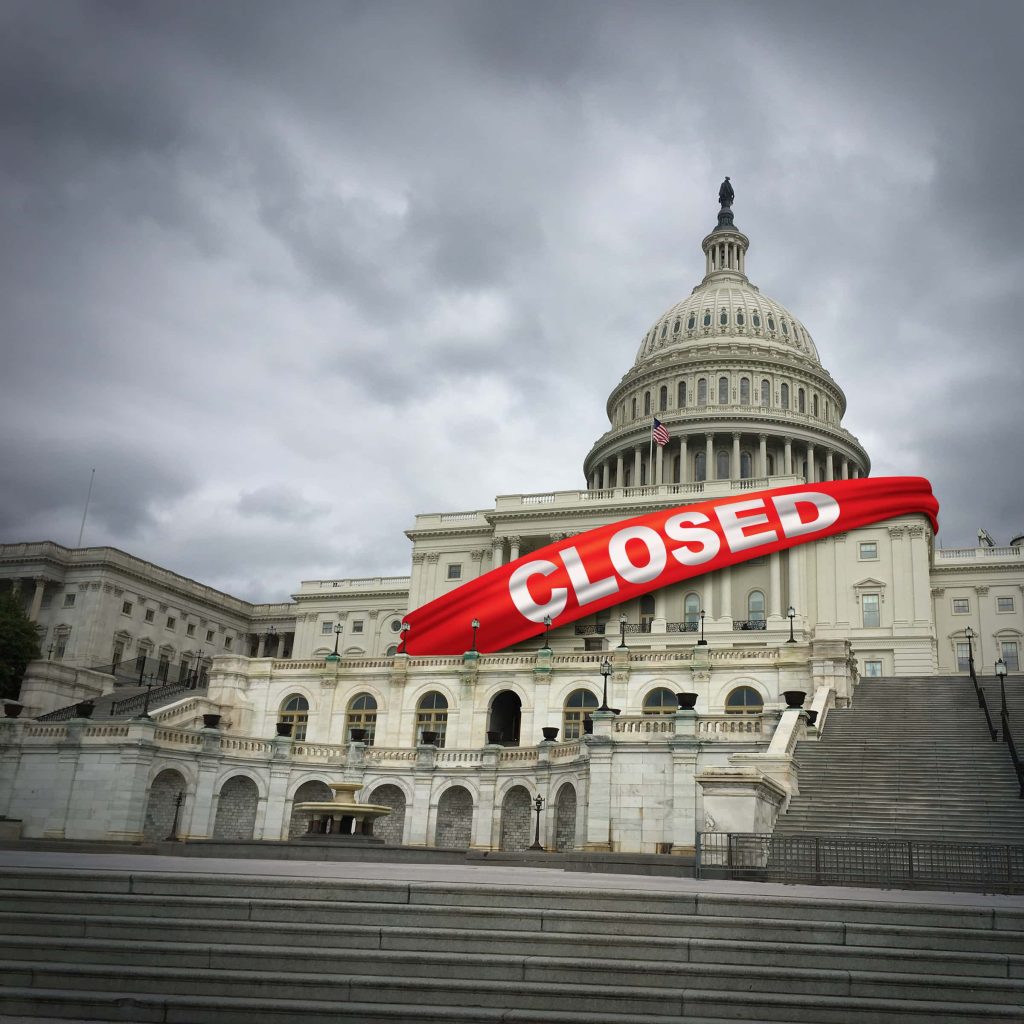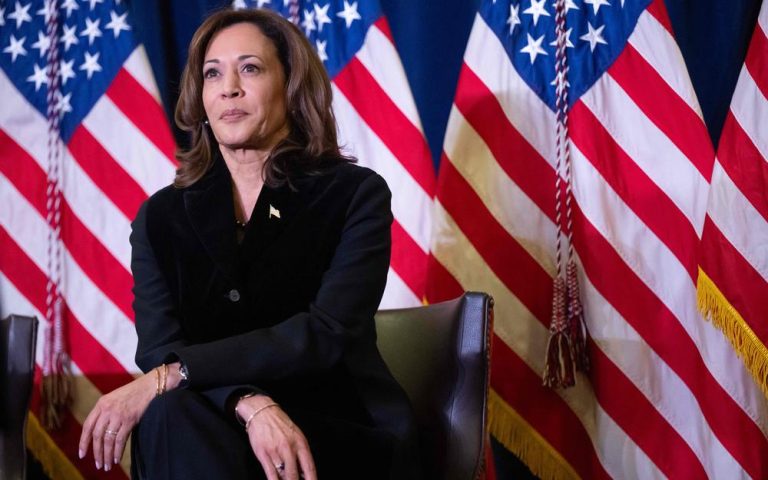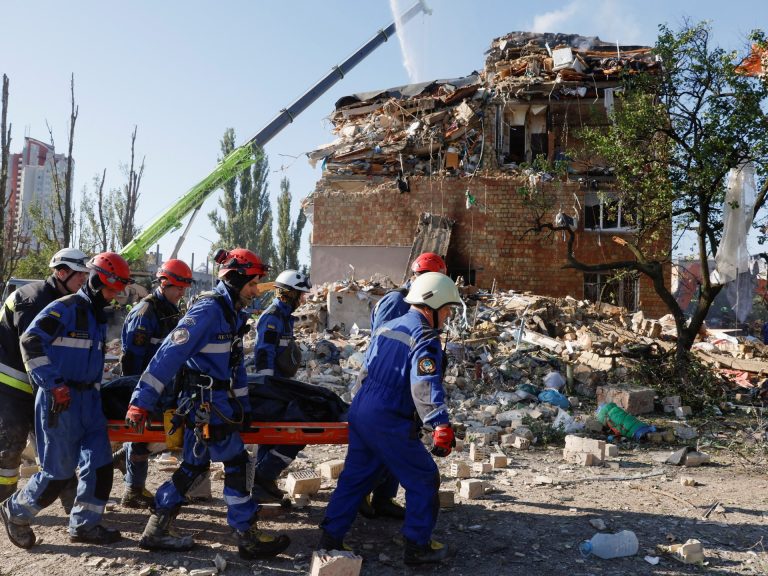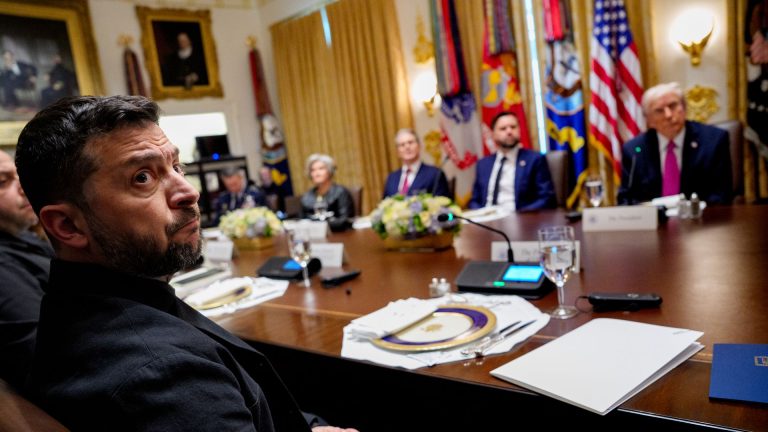
The United States federal government officially shut down at midnight after President Donald Trump and Congress failed to reach an agreement on funding. The impasse centers on a dispute over the continuation of enhanced Obamacare subsidies, leaving millions of Americans uncertain about essential services and federal operations.
Why the shutdown happened
Lawmakers remain divided on healthcare funding and federal budget priorities. Republicans argue against extending what they call “unsustainable” Obamacare spending, while Democrats insist that subsidies are crucial for working-class families. Neither side has compromised, triggering the government shutdown.
What services will continue?
While the shutdown affects many federal programs, essential services protecting lives and property will remain operational. Key details include:
Department of Education: Most employees furloughed.
Department of Homeland Security: Majority of personnel continue working.Non-essential programs, including certain community services and federal offices, are temporarily suspended.
Impact on Americans and Federal Workers: Hundreds of thousands of federal workers face furlough without pay, while millions of Americans may experience delays in public services. Agencies were instructed to prepare contingency plans for staff reductions and limited operations during the funding lapse.
Political Fallout
The shutdown intensifies political tension in Washington, with both parties under pressure from constituents. Analysts warn prolonged deadlock could negatively affect the economy, delay services, and heighten public frustration with lawmakers.
For now, Americans are waiting to see whether Trump and Congress will reach a compromise to reopen government operations, with uncertainty hanging over the duration and impact of the shutdown.




